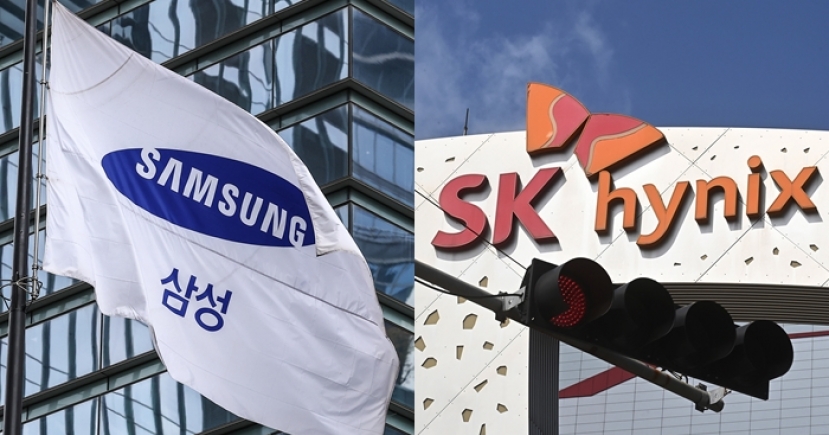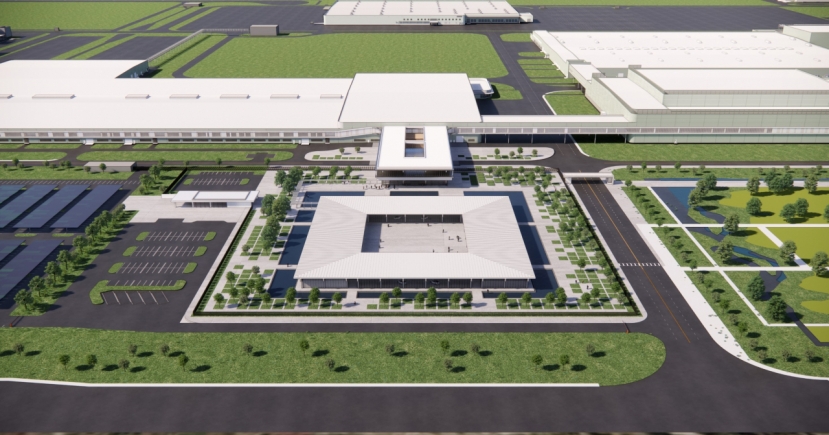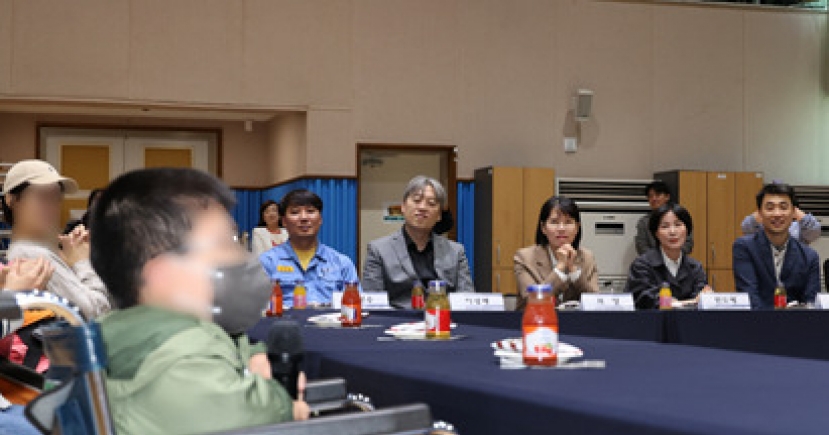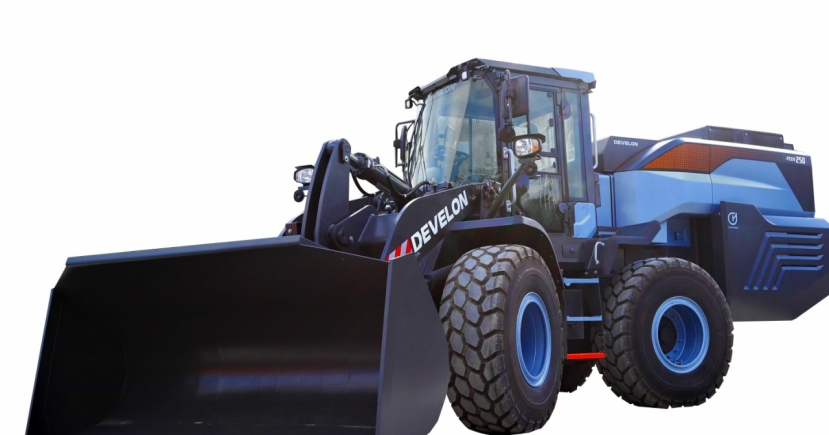Automobiles
What GM doesn’t say about its plant shutdown in Korea
[THE INVESTOR] General Motors announced on Feb.13 that it would shut down a Korean plant as part of restructuring efforts here. GM Korea’s accumulative losses reached a whopping 3 trillion won (US$2.70 billion) over the past five years.
GM said the move was due to huge labor costs and sluggish car sales, saying it may have to withdraw from Korea altogether if the local government fails to come up with a rescue plan that includes financial support.
It's not reported too often, but GM has actually earned more money in Korea than it spent, according to its financial reports. Since its acquisition of the former Daewoo Motor in 2002, the carmaker has invested 925.2 billion won and earned profits of at least 3 trillion won.
So Koreans are left to wonder what is really going on, especially since despite the downsides of doing business in Korea -- high labor costs and powerful unions -- global companies still choose to run production plants here on account of the skilled workforce and supplier networks.
Below are some facts that GM didn't reveal when announcing the plant shutdown.
 |
GM CEO Mary Barra |
Related:
Has Korea become too much for GM Korea?
GM to close Gunsan plant, raising fears of complete withdrawal
Why GM's Gunsan plant operates at only 20 percent capacity
GM Korea produces 85 percent of cars for exports. Amid several years of GM restructuring its less profitable global operations, the Korean unit has lost market share in the nations it was exporting to. The Gunsan plant was hit especially hard when GM pulled out from Europe in 2013.
Exports tumbled from 630,000 vehicles in 2013 to 390,000 vehicles in 2017. But it was GM’s strategic decision not to allocate more orders to Korea from other key markets like the US.
How Renault was different from GM
GM Korea's labor costs surged almost 50 percent between 2010 and 2017. Even in the years of operating losses, the union asked for wage hikes and walked out when their demands weren't met, leading to declining productivity.
Its crosstown rival Renault Samsung Motors, the Korean unit of French auto giant Renault, suffered similar difficulties but handled the issue differently.
In 2012, the carmaker’s sales plunged almost one-third to 59,000 vehicles. Renault immediately poured 170 billion won to beef up production, allocating its alliance partner Nissan’s Logue production to the Busan plant. Korean workers also joined hands to elevate the plant’s productivity overall. The union and management have concluded wage talks without strikes for the past three years.
Last year, the carmaker sold 276,808 vehicles, exporting a record 176,271 units. The Busan plant is considered one of the most productive plants of Renault globally.
How GM made money from interest on loans it gave to GM Korea
Like Renault, GM did inject funds -- 2.4 trillion won -- between 2012 and 2016. But it was actually a loan extended at an annual 5 percent interest rate. The Korean unit may have been losing money, but the US headquarters earned 440 billion won in interest income. GM explained this happened because it couldn’t borrow money from other financial organizations.
GM Korea spent more than 7 trillion won on R&D
For 15 years from 2002 to 2016, GM Korea spent 7.2 trillion won on R&D. This is almost the same as how much Kia spent on R&D during the same period.
But of the amount, not a single won was categorized as intangible asset. This runs contrary to the norm where a large part of R&D expenses is allotted as such.
In 2016, the Korean unit spent 614 billion won on R&D despite suffering a 522 billion won operating loss.
GM Korea is currently not authorized to unilaterally develop cars aside from some city cars like the Spark. On the whole, it remains a production base for GM's US headquarters.
The Korean unit also used to pay 5 percent of sales as royalty fees until 2010. The payments have stopped, but the total amount is estimated to have exceeded 2 trillion won.
Korean authorities will investigate GM Korea's accounting practices
The nation’s financial watchdog Financial Supervisory Service plans to carry out a probe into the firm’s accounting procedures, including any false claims of losses. Because GM Korea is not a listed firm, the audit requires review from a separate committee.
GM Korea’s cost of sales rate reaches almost 90 percent largely due to the company’s huge R&D spending. The figure is about 10 percent higher than other carmakers in Korea.
GM has been reluctant to cooperate with an outside audit. Last year, Korea Development Bank -- one of its key stakeholders -- asked the carmaker to submit 116 accounting documents for its own inspection but only six were offered. The bank cannot avoid responsibility as it has not made any proper action since then.
By Lee Ji-yoon (jylee@heralcorp.com)




![[Herald Interview] Why Toss invited hackers to penetrate its system](http://res.heraldm.com/phpwas/restmb_idxmake.php?idx=151&simg=/content/image/2024/04/22/20240422050569_0.jpg)


![[KH Explains] Will 6-day workweek for executives help Samsung avert crisis?](http://res.heraldm.com/phpwas/restmb_idxmake.php?idx=151&simg=/content/image/2024/04/21/20240421050096_0.jpg)
